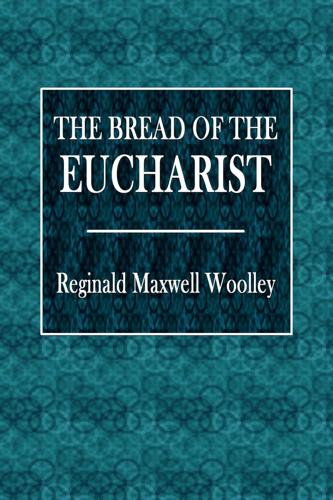Publisher's Synopsis
Mr. Woolley's treatment falls into two parts. In the first part he deals with three points. (1) He examines once more the question of the date at which the use of unleavened bread was adopted in the West, and confirms what is, I suppose, the accepted conclusion, that unleavened bread became the general usage at earliest in the eighth century. He makes Alcuin, with some hesitation, it is true, a witness for it; but in fact Hrabanus Maurus is the first quite definite witness, and Alcuin's evidence is more than doubtful. (2) He sketches the history of the attack of the Greeks on the use of azymes in the eleventh century, and rightly emphasizes the reasonableness and tolerance of the West as against the general intolerance of the East: and here he could have cited also St Gregory VII Ep. viii I. (3) He treats of English use both in the Middle Ages, and particularly in and after the sixteenth century. In the second part, Mr. Woolley describes, and illustrates by photographs, the form of the altar-breads of the several Eastern Churches, and adds notes on what needs annotation in reference to each of them; and in particular he treats of the history of Armenian azymes at some length. It is not clear why, in his second part, he confines himself to the East; there are things to be said about the West as well. And in fact he might have a little enlarged his scope throughout, and picked up the fragments of information about the bread of the altar that are to be found scattered up and down. In general Mr, Woolley's treatment is otherwise quite satisfactory; but in detail it is possible to criticize his argument now and again: e. g. he gives the impression that 'unfermented' bread was practically unknown in the Empire outside of Palestine; but Celsus de Medic, ii 24, 25, 28, and Pliny H. N. xviii 26 (quoted by Dom Cabrol Diet. Arch, et Lit. chretiennes. v. 'Azymes') seem to be sufficient to shew that it was not unfamiliar; and if Tacitus calls it panis iudaicus -- well, what of French beans, Brussels sprouts, Indian corn, American cloth, and so on? Again, he curiously takes it for granted that it is impossible to make an unleavened loaf of size sufficient to satisfy the requirement of 'one bread'. But even if St Paul meant anything so precise and exclusive, and if a conscience was made of preserving this particular symbolism, yet unleavened bread need not be a small wafer-I have myself used bread cut from a small unleavened loaf, and there did not seem to be any reason why it should not be of any required size. There are some points of detail which it is difficult to agree with, and points which need correction: e. g. the conclusion from the Gospels that the Last Supper was 'probably' the Paschal Supper (p. 3).... --Journal of Theological Studies, Vol. 17

























